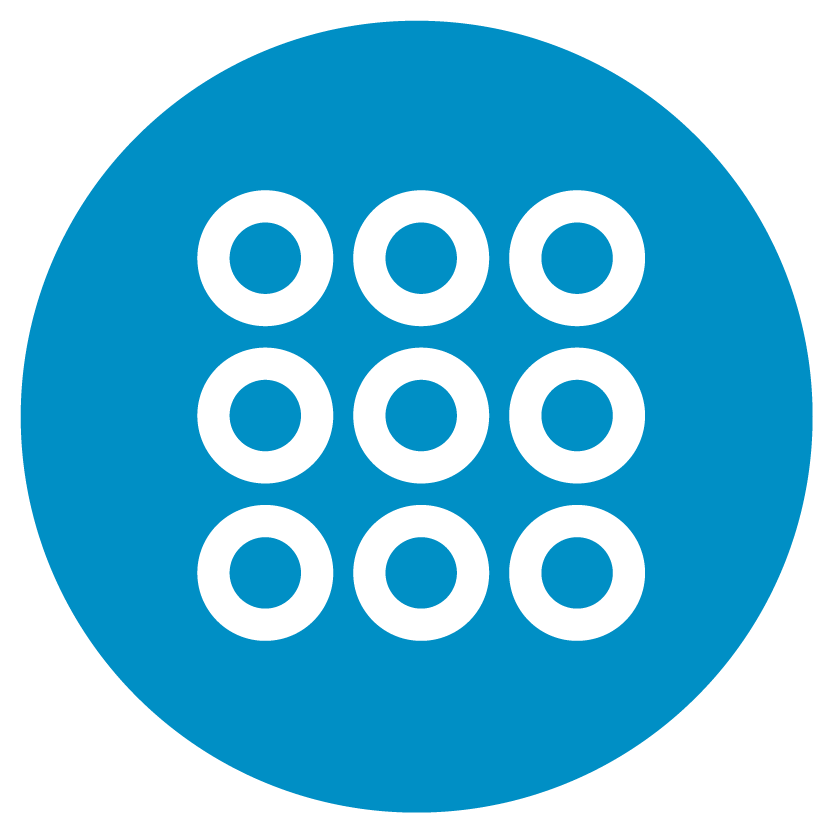Bioanalytical
Putting Cell Counting in Context (of use): Analytical Measurements Supporting Cellular Therapies
Wednesday, July 24, 2024
9:05 AM - 9:35 AM CST
Location: Salon II

Virginia Litwin, PhD (she/her/hers)
Director, Scientific Affairs
Eurofins Clinical Trial Solutions
Bromont, Quebec, Canada
Speaker(s)
Cell therapy, encompassing both genetically engineered cells or normal cells derived from autologous or allogenic origin, represents one of the most exciting and promising new therapeutic modalities. When the drug product consists of living cells, distinct analytical measurements are needed. Not surprisingly, flow cytometry, the premier technology for single cell characterization, has become an indispensable analytical tool supporting all stages cellular therapy development.
Monitoring the post-injection distribution phase and subsequent expansion, contraction, and persistence phases, requires not only enumerating the amount of circulating cell product, but extensively characterizing the cells. For CAR T cells, the extent to which the injected cells become activated or exhausted will influence clinical outcomes, thus the expression of a large repertoire of T cell markers including differentiation, activation, exhaustion, and checkpoint molecules are routinely measured. When administering any type of immune therapy, including CAR T cells, it is informative to also evaluate the disposition of the patient’s immune cells.
Using flow cytometry, upwards of 30 measurements can now routinely be made simultaneously on thousands of single cells, relatively rapidly, and with exquisite sensitivity and specificity. This allows for extensive phenotyping of both the resident and infused T cells in the same sample, minimizing the sample volume requirements.
While there is little controversy in the field regarding the optimal process for developing and validating complex, high-parameter immunophenotyping methods, when it comes to cell enumeration assays which generate an absolute count expressed, as the number of cells per unit volume, there is a surprising lack of understanding in the field.
This presentation discuss the pros and cons of various methods to generate cell counts using flow cytometry. In addition, the presentation will review the progress of the NIST Flow Cytometry Standards Consortium launched in 2021 to accelerate the adoption of quantitative flow cytometry in cell therapies.
Monitoring the post-injection distribution phase and subsequent expansion, contraction, and persistence phases, requires not only enumerating the amount of circulating cell product, but extensively characterizing the cells. For CAR T cells, the extent to which the injected cells become activated or exhausted will influence clinical outcomes, thus the expression of a large repertoire of T cell markers including differentiation, activation, exhaustion, and checkpoint molecules are routinely measured. When administering any type of immune therapy, including CAR T cells, it is informative to also evaluate the disposition of the patient’s immune cells.
Using flow cytometry, upwards of 30 measurements can now routinely be made simultaneously on thousands of single cells, relatively rapidly, and with exquisite sensitivity and specificity. This allows for extensive phenotyping of both the resident and infused T cells in the same sample, minimizing the sample volume requirements.
While there is little controversy in the field regarding the optimal process for developing and validating complex, high-parameter immunophenotyping methods, when it comes to cell enumeration assays which generate an absolute count expressed, as the number of cells per unit volume, there is a surprising lack of understanding in the field.
This presentation discuss the pros and cons of various methods to generate cell counts using flow cytometry. In addition, the presentation will review the progress of the NIST Flow Cytometry Standards Consortium launched in 2021 to accelerate the adoption of quantitative flow cytometry in cell therapies.
Learning Objectives:
- Participants will gain an understanding of the value of high-parameter flow cytometry in monitoring cellular therapies.
- Participants will learn the pros and cons of various methods to generate cell counts using flow cytometry.
- Participants will be updated on the progress of the National Institute of Standards and Technology (NIST) Flow Cytometry Standards Consortium which was launched in 2021 in order to accelerate the adoption of quantitative flow cytometry in biomanufacturing of cell and gene therapies

